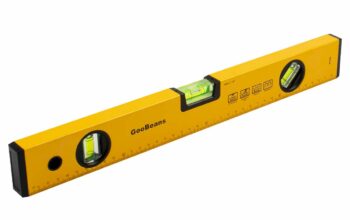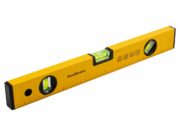Building a quantum computer at home may seem like an incredibly ambitious endeavor, but the rapid evolution of quantum technology and its accessibility to enthusiasts challenges the notion of exclusivity. Although a fully functional quantum computer akin to the ones developed in leading research facilities is currently beyond the means of most home experimenters, starting a journey into quantum computing is feasible with careful planning and the right components. This article delves into foundational knowledge, essential components, practical methodologies, and a plethora of considerations when embarking on this groundbreaking venture.
Understanding Quantum Computing Basics
Before delving into the complexities of construction, it is critical to comprehend the fundamental principles of quantum computing. Classical computers use bits that are strictly binary; they represent either a 0 or a 1. Conversely, quantum bits, or qubits, leverage the properties of quantum superposition and entanglement, permitting them to exist in multiple states simultaneously. This unique characteristic allows quantum computers to execute calculations at incomprehensibly elevated speeds compared to their classical counterparts.
Theoretical groundwork is paramount in understanding not only the capabilities of quantum computing but also its limitations. Quantum decoherence, for example, poses a significant challenge; it describes the loss of quantum coherence, which translates to a qubit’s loss of its superposition state due to environmental interactions. Therefore, maintaining the integrity of qubits is vital for operational efficiency.
Essential Components of a Quantum Computer
To embark upon this complex construction, several essential components must be assembled:
- Qubit Technology: Various technologies can be utilized to create qubits. Options include superconducting circuits, trapped ions, and topological qubits, each with its own unique set of advantages and challenges. For enthusiasts, superconducting qubits are often the most accessible due to their burgeoning presence in academic labs and commercial products.
- Control Systems: Quantum operations necessitate meticulous control systems capable of preforming extremely precise operations on qubits. These generally involve advanced electronics to generate microwave pulses or laser light with high fidelity.
- Measurement Devices: Accurate measurement systems are crucial for extracting information from qubits post-computation. Devices such as cryogenic amplifiers are often employed to capture the minute signals emitted by qubits.
- Cooling Systems: Superconducting qubits require extremely low temperatures to function, often necessitating dilution refrigerators. These units can prove to be the most challenging components to implement, requiring significant commitment and investment.
These core elements form the backbone of any homemade quantum computing project. Procuring components often requires navigating specialized suppliers, which may induce additional layers of complexity in the project.
Construction Methodologies
Once assembled, understanding optimal construction methodologies is essential. The following steps highlight a plausible structure for initiating a quantum computer project:
- Designing a Blueprint: Before physical assembly, it is imperative to draft a comprehensive blueprint that diagrams the integration of each component. This stage often necessitates utilizing circuit design software that accommodates complex quantum circuits.
- Assembling the Hardware: With the blueprint in hand, the next logical step involves procuring and assembling the hardware. This may require working in an ultra-clean environment to avoid contaminating sensitive components.
- Implementing Control Software: Writing control software that can interact with the hardware is central to successful operation. This software must account for quantum error correction and adherence to quantum algorithms, such as the Grover’s or Shor’s algorithms.
- Testing and Calibration: After assembly, the system requires rigorous testing and calibration. Frequent iterations across several tests will help fine-tune the system for peak performance.
Challenges and Considerations
While the prospect of constructing a quantum computer at home may be exhilarating, one must remain cognizant of the inherent challenges. Environmental noise, thermal fluctuations, and electromagnetic interference are solely a few of the external factors that can adversely affect qubit stability. Thus, building a noise-reducing environment within the home is paramount.
Moreover, the time investment necessary to learn about the intricate quantum mechanics, programming, and hardware assembly should not be underestimated. Online courses, scholarly articles, and open-source projects represent invaluable resources in bridging gaps in knowledge and fostering skills vital for successful construction.
Engaging with communities, such as forums dedicated to quantum computing enthusiasts, can provide additional support and a treasure trove of shared resources. Networking with experts in the field may also yield collaborative opportunities, illuminating new approaches and optimizing methodologies.
Future Prospects
The burgeoning interest in quantum technology heralds exciting possibilities for both research and practical applications. As advancements unfold, accessibility is projected to increase. Home quantum computing enthusiasts stand at the precipice of this revolution, benefiting from a landscape characterized by rapid technological growth.
Although assembling a quantum computer may initially seem like an insurmountable task, embracing the challenge presents an unparalleled opportunity to delve into the fascinating realm of quantum mechanics. Determination, alongside a well-structured approach to learning and building, will serve as the bedrock upon which one can construct a functional quantum computer, potentially paving the way for future innovation in this avant-garde technological arena.












